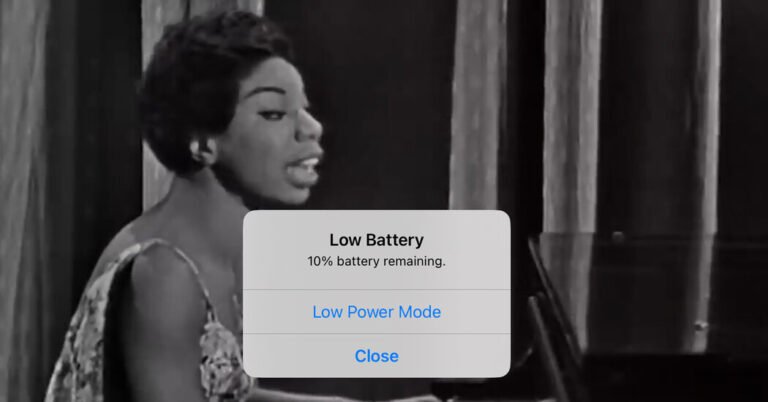
Back-to-school deals and the fall season can make upgrading to a new phone quite tempting. But what if you need to hold off just a little longer — even as the battery sealed inside your ancient phone is already conking out before lunch and you’re just trying to nurse it along for the time being?
Thankfully, there are some steps to help preserve power, especially if you’re not quite ready to buy because you’re waiting for this year’s new hardware crop, winding down a carrier contract or getting your finances in order. Here’s a guide.
Stretch It
Lithium-ion batteries degrade over time and charging cycles, and it’s not uncommon for a well-used device to experience shorter spans between charges after two or three years of regular use. Even with an older battery, reducing activities that need a lot of energy can provide more time between charges.
The usual suggestions — like turning down the screen’s brightness, avoiding processor-intensive games, keeping the phone cool or temporarily putting the device into Airplane Mode to cut down on network activity — can add minutes. Power-saving advice varies based on your hardware and its system software, so check with your manufacturer or wireless carrier for specific instructions for Android devices (including Google’s Pixel phones and Samsung’s Galaxy models) as well as for Apple’s phones and tablets.
Apple and Google both include a feature that reduces power consumption with one tap: the iOS Low Power Mode or Android’s Battery Saver. (The name varies on Android devices; for example, some Samsung Galaxy phones may call it “Power saving mode.”)
When the feature is enabled, the battery icon turns yellow as the mode reduces screen brightness, pauses some network activity (like online photo backup) and limits app actions like mail-fetching, automatic downloads and other battery burners. Processor speed may also be reduced, and as a result, the phone may run slower.
To find the power-reduction feature in iOS, open the phone’s main Settings icon, select Battery and tap the button to enable the mode. The iPhone’s Low Power Mode may kick in automatically when the battery gets low, but turning it on manually — even after you’ve just charged up — can help squeeze out more use.
Watch It
On most phones, the battery settings include other features that help you see your battery’s overall health, which could influence your decision about whether to upgrade devices.
Android’s Battery settings include a usage screen to show what apps are tapping the most power, as well as a diagnostics tool to help troubleshoot battery woes. When enabled, the Adaptive Battery setting analyzes phone use and adjusts how much power apps can grab.
Assist It
If your phone’s battery is shot and you can’t upgrade yet, investing in an external battery can get you through the day. These come in all shapes and sizes, and after you charge up the external battery, just connect your phone to it for a juice boost.
Portable power packs range in price, but typically cost between $50 and $75 for models that can recharge a phone at least three times between its own charge-ups. Wirecutter, the product-review site owned by The New York Times, has recommendations that include the Belkin BoostCharge Plus 10K.
Several companies — like Zagg and ZeroLemon — also make small portable wireless chargers and phone cases that double as backup batteries. Prices range from about $30 to $100.
Replace It
If you opt to hang on to your current phone, replacing the battery is an option. Check with your manufacturer about authorized repairs, especially if you have an extended warranty or phone insurance. Apple’s website has information about iPhone battery service, as does Google’s site for its Pixel phones and Samsung’s site for Galaxy devices.
If your phone is out of warranty, places like Best Buy, Staples or uBreakiFix can replace batteries, sometimes while you wait, for less than $100.
If you’re really on a budget and have a sense of adventure, there’s always the do-it-yourself approach. The iFixit tech-repair site has illustrated battery-replacement guides for many phone models, and other repair videos are online. Back up your phone first, proceed at your own risk and be careful — or you may just have to upgrade anyway.